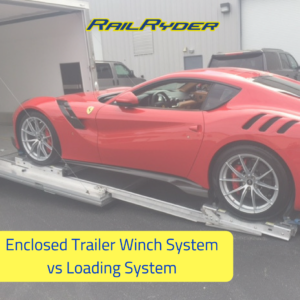As a car fan, you love staying up-to-date on the newest releases, reviews, sales, and more when it comes to the exotic cars and supercars you love.
Luckily, there’s no shortage of blogs to choose from!
What Exotic Car and Supercar Blogs Should You Subscribe To?
This bevy of blogs, however, can mean you come across some duds when trying to find the stories you want to read.
To help save time, we’ve put together a list of our favorite car blogs so you can click, read, subscribe, and see more of the content you love.
1. Exotic Car List’s Blog
You probably know Exotic Car List for their website — an awesome resource for listing your exotic car and viewing others’ listings. It makes buying and selling exotic cars simple, with an easy to navigate website.
But have you ever taken a few minutes to check out their blog? They cover almost any exotic car topic you would want to read about: upcoming auto shows, car news, car reviews, tips and advice, and more!
From viewing exotic car listings to learning more about the industry, Exotic Car List is a great site to bookmark.
2. The Supercar Blog
In the same way that the Exotic Car List is your ultimate resource for anything exotic car related, The Supercar Blog is your resource for anything you need to know about supercars.
One of the best features of The Supercar Blog is their “Videos” tab. If you’re not a big fan of reading lengthy posts about cars, this is a great way to get all of your information about supercar news, reviews, and more.
Similar to the Exotic Car List, there is a Supercars for Sale tab where you can check out the great options for your next car (or daydream a little too).
3. Notey.com’s Exotic Car Blog
Notey.com’s Exotic Car Blog is a great all-in-one resource for anything exotic car related. Their stories feature articles written by multiple authors from multiple sites, all around the Internet — making it the ultimate compilation of exotic car news, and a great resource to subscribe to.
Notable websites and authors featured include:
- Slash Gear
- Mike Chua from mikeshouts.com
- Car Advice
- Next Luxury
- + So many more!
4. duPont Registy’s Blog
The duPont Registry blog is another great resource for all things supercar, exotic car, and luxury car. Similar to the other sites mentioned above, they have car news, features, and videos.
But, there are some unique features of duPont’s blog as well. Their Car Specs section is a great way to get specs, photos, prices, and reviews all in one place sorted by car; it is one of the most comprehensive analyses of exotic cars and supercars on the Internet.
They also have a fun tab called Celebrity Cars filled with all of the new buys and classic cars your favorite Hollywood figures are driving.
Be Sure to Check Out Our Blog, Too!
We are working hard on building our blog to be a resource chock full of educational articles to help you make the best loading method decisions when it comes to your exotic car or supercar.
In case you missed them, check out our posts about:








